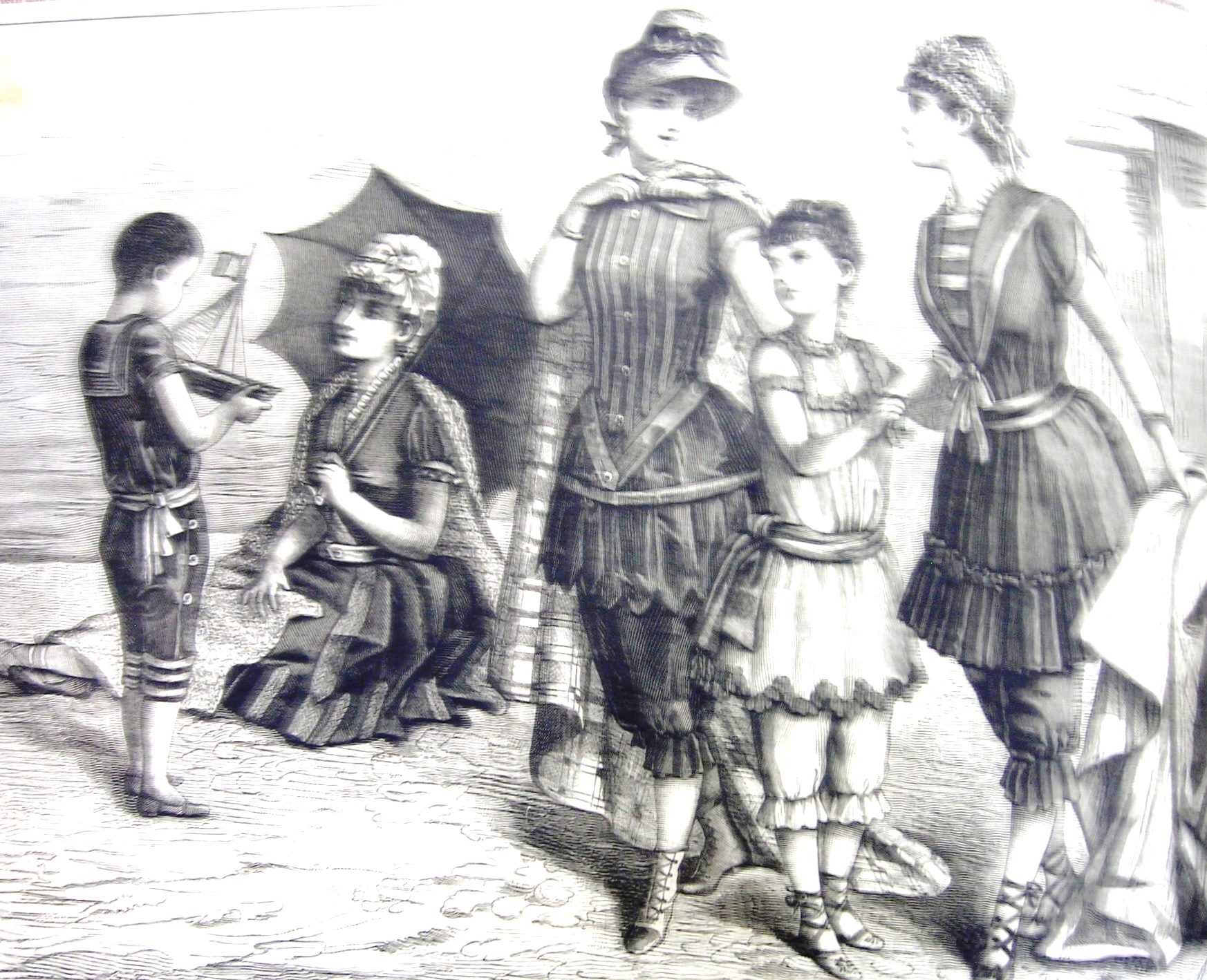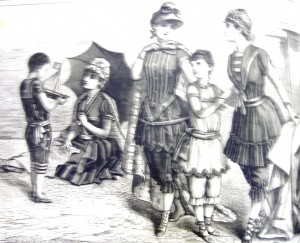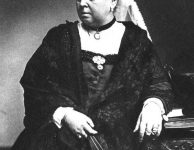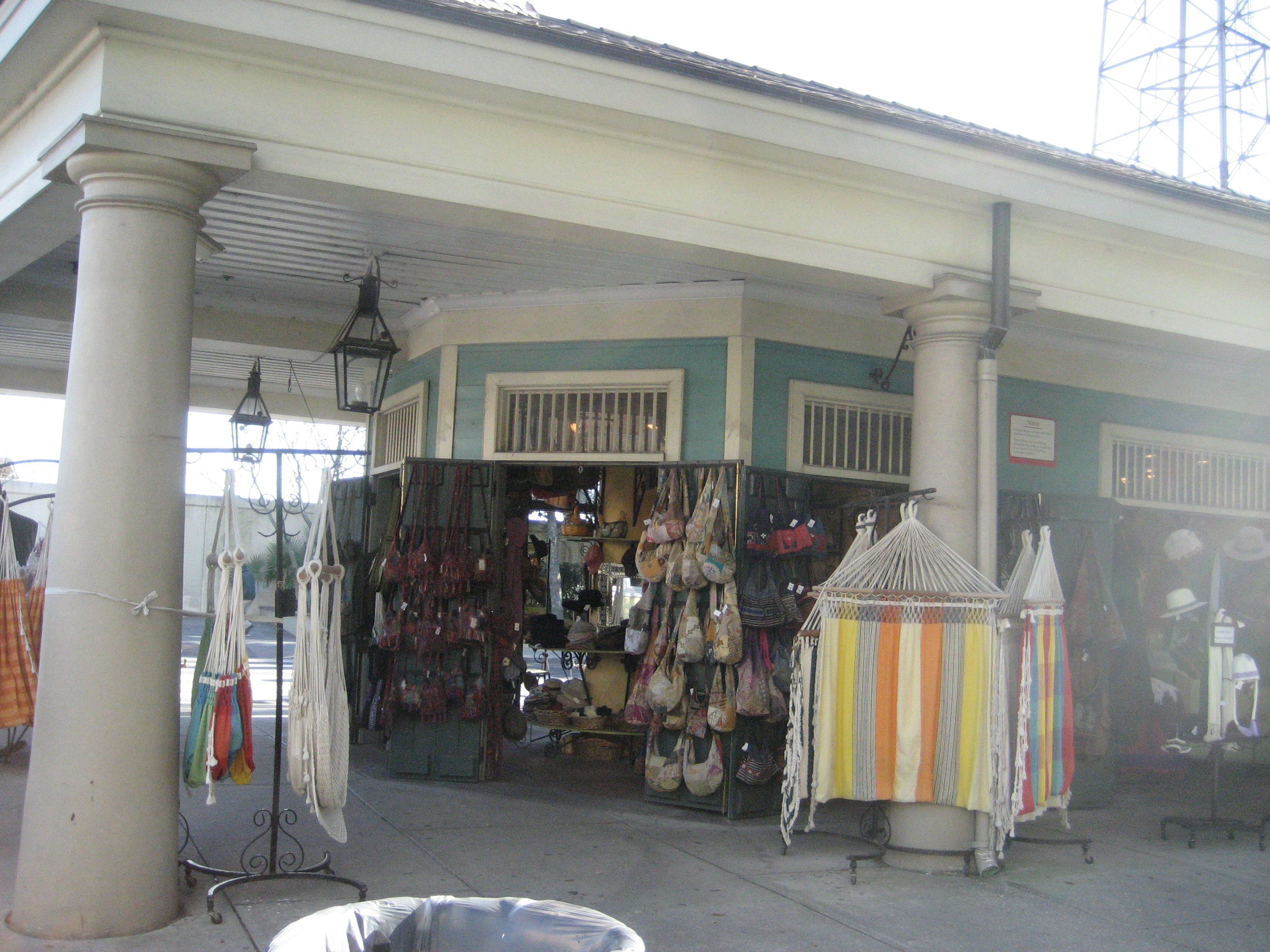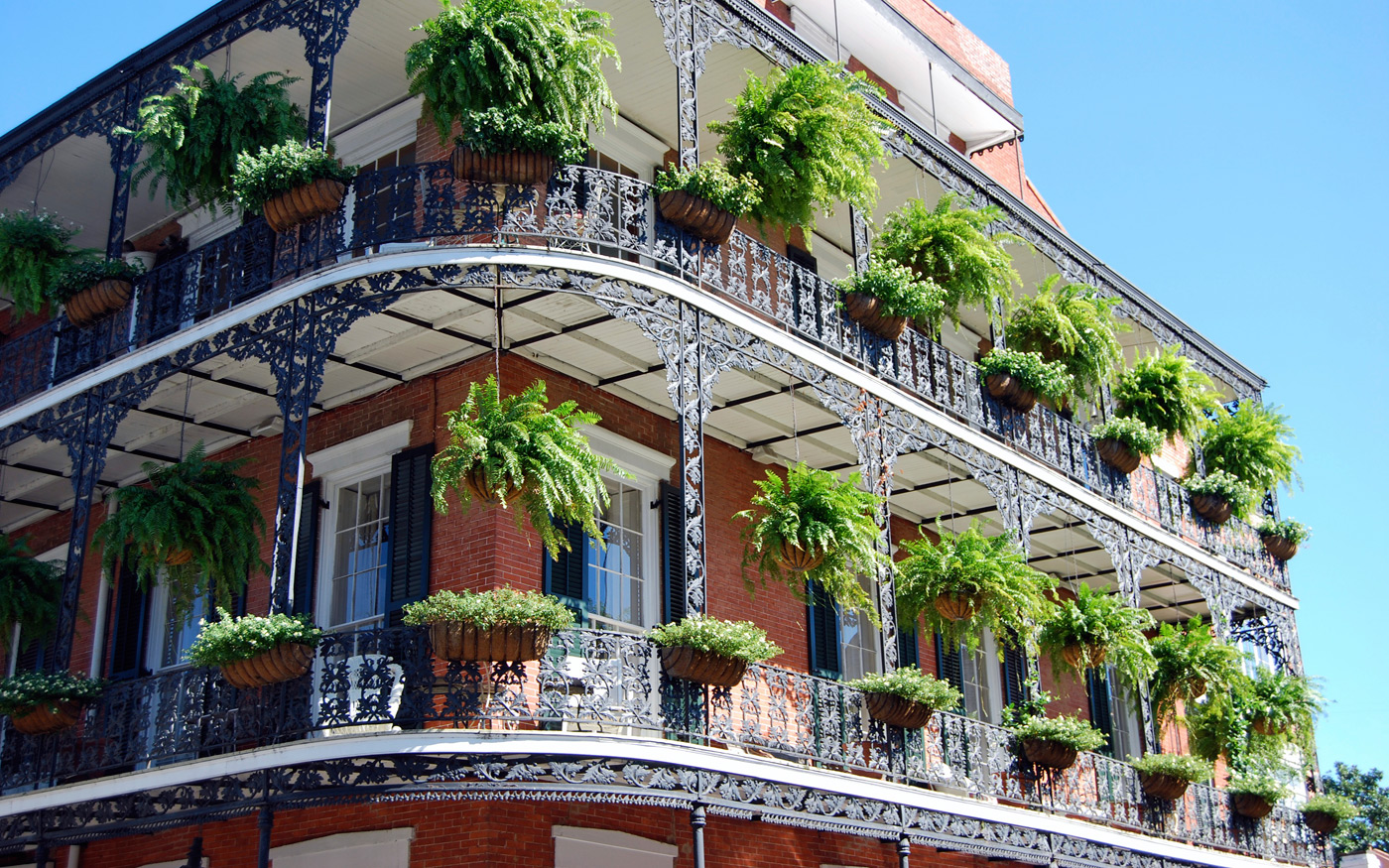Harper’s Bazar Takes Me Back 127 Years
Mary Reporting. My mother once accepted a phone solicitor’s offer to receive 15 magazine subscriptions for three years for only X dollars a month. My father was horrified by the expense, but we soon became a family of magazine readers. Life, Look, Time, Newsweek, Atlantic Monthly, Harper’s, Esquire, The Saturday Review of Literature (remember that one?) Ladies Home Journal, McCalls, Seventeen, Glamour, Mademoiselle, Vogue and Harper’s Bazaar arrived in our mailbox.
With an upbringing surrounded by glossies, I believe there’s no better way for historical fiction writers to immerse themselves in the culture of their chosen time than to read magazines. Advertisements in newspapers offer great insight into daily life, too, but the articles themselves generally center on politics, business and crime, not the running of a household.
My fieldtrip to the Philadelphia Free Library yesterday happened to be through snow and ice, but I was determined to read the 1886 issues of Harper’s Bazar (now Harper’s Bazaar). In our WIP, Love Lessons, heroine Carine Botoloph goes to a house party in Bay St. Louis, so I wanted to get a good look at the swimming attire of the day. I knew from previous excursions that this library owned the real item—bound volumes from the 1880s. The librarian put the huge book, containing the entire year’s issues, on the desk and left me to browse at my leisure.
Each Saturday’s issue, whose masthead proclaimed it “A Repository of Fashion, Pleasure and Instruction,” cost ten cents. From its beginning in 1867, the publication appealed to sophisticated upper middle-class ladies who lived in comfortable homes and employed servants to tend to their needs. The black and white engraved illustrations showed every detail of the luxurious clothes and accessories these ladies coveted.
In our first novel in The Vieux Carré Series, Renée Deselle, heroine of What a Widow Wants, subscribes to Harper’s because it contains excellent images of all the latest styles. She keeps the magazine on the counter in her millinery shop for clients to peruse. When they see the hats fashionable ladies are wearing in European capitals and in New York City they are more inclined to try something new.
To clothe Carine properly, I searched through summer issues until I found illustrations of bathing dresses. Some Victorian ladies, our heroine Carine among them, knew how to swim, but their voluminous costumes certainly must have hampered their motion in the water.
At the house party in Love Lessons, Vespasian Colville waits more than an hour in the broiling sun to get a glimpse of Carine in swim attire. He’s disappointed that her outfit reveals so little of her; nevertheless, he’s pleased by what he sees.
“He allowed his eyes to wander from Carine’s bathing shoes to her black stockings, to her navy blue flannel trousers gathered just below the knee. Her dress of matching fabric with its fitted bodice and full skirt fell just shy of the hem of the pants. My God, modesty didn’t give an inch, even at the seaside. Even so, the curve of her calves and the white skin of her arms in short sleeves were enough to arouse him.”
Photo from the pages of Harper’s Bazar, 1886, by Ursula LeCoeur.

